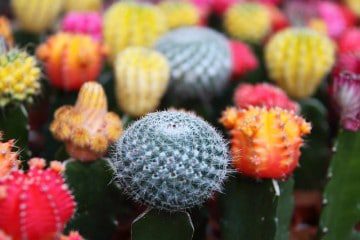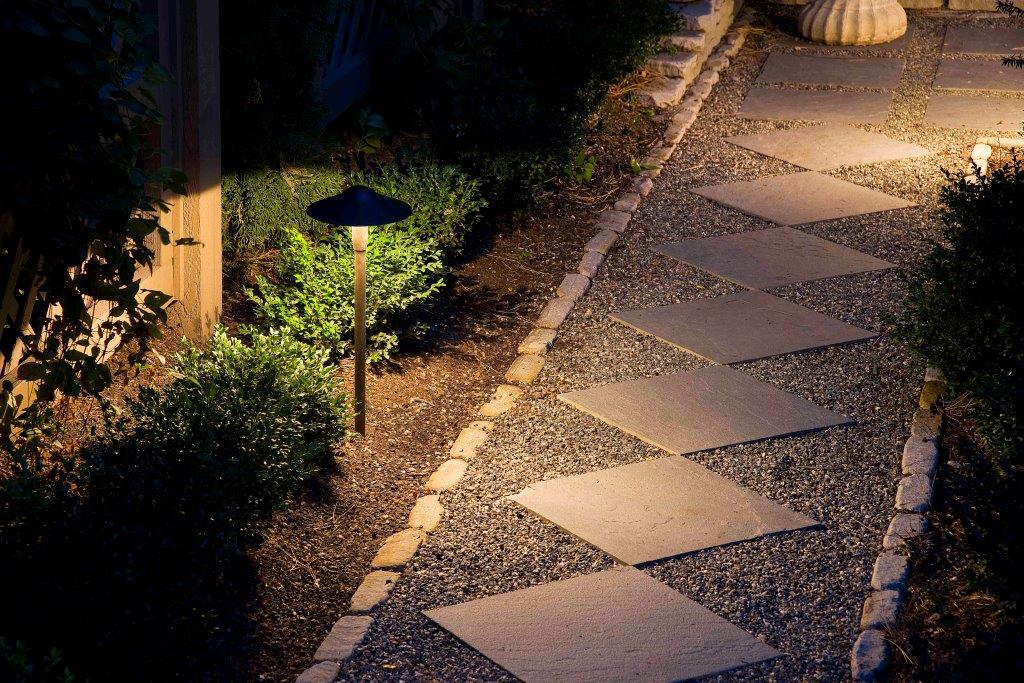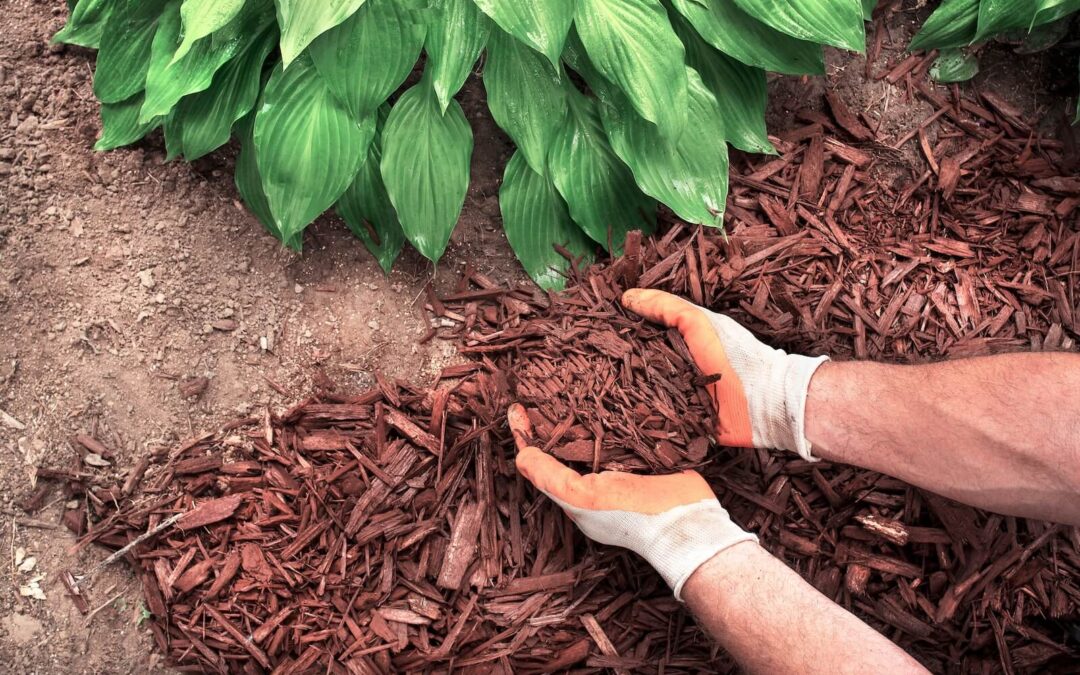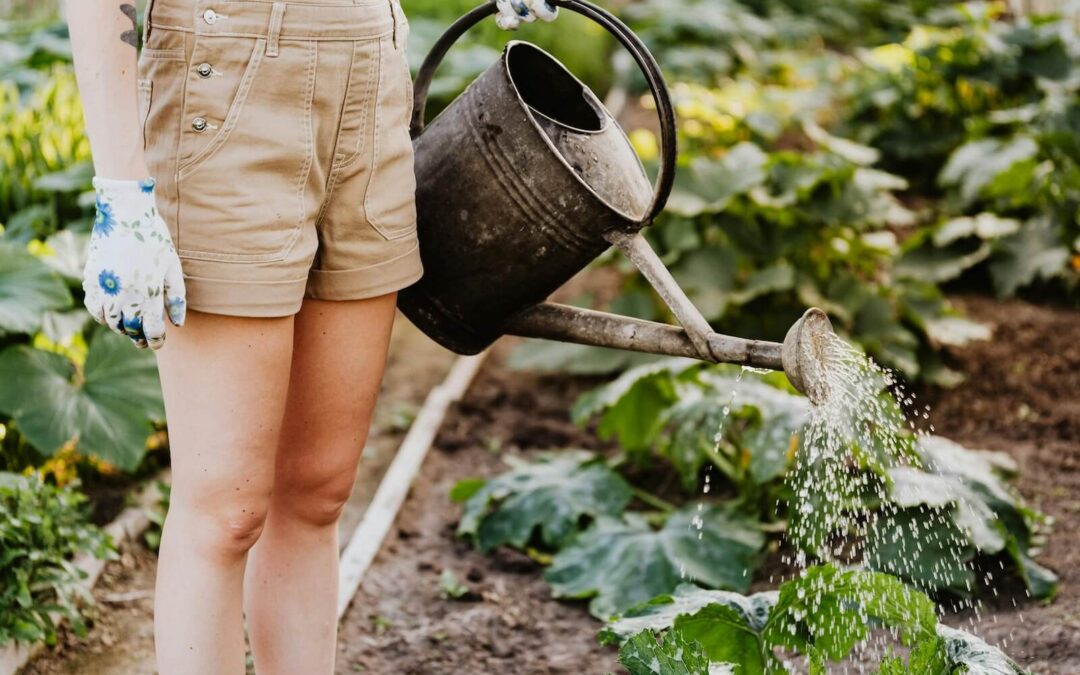Wouldn’t it be great if you had the perfect soil for your garden? Few gardeners do. If you have sandy, dry soil, we have some solutions for designing, growing, and planting in these conditions.
When it comes to designing a landscape with sandy, dry soil, you can find inspiration in desert or beach environments. These are sparsely planted and have a lot of the soil visible so the plants all get enough nutrients and can be properly maintained with limited resources. Plants often include drought-tolerant plants and succulents. Water features are kept to a minimum to reduce water evaporation.
Paths, such as slightly elevated wooden boardwalks, may be added to prevent the sandy soil from being disrupted by feet and the soil from entering your home. Other hardscaping elements such as gravel, boulders, and stone pavers, walls, and sculptures help fill in the sparseness of the plantings and offer a modern look.
If you have the opportunity to install permeable pavement for hardscapes or driveways, sandy soil is one of the best materials for helping to promote drainage through the pavement. The permeable pavement allows water to filter through the soil below rather than turn into runoff.
While sandy soils are great for drainage, they can also be a challenge because they may not hold water and nutrients well enough to suit some plants. For this reason, the best plants are ones that can thrive in dry, nutrient-poor soils.
Here is a do-it-yourself soil test to determine the composition of your soil if you’re unsure. All soils can be amended with compost and organic materials, such as leaves, to help it build up nutrients and be better suited to whatever you want to plant.
Contact Lifescape with your questions on landscaping with sandy soil.





